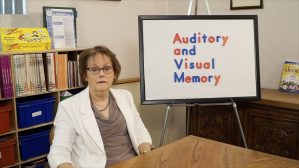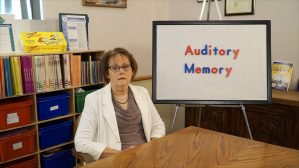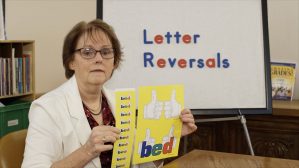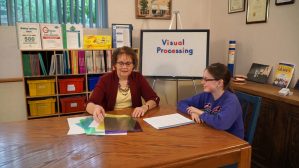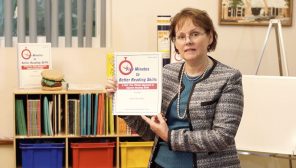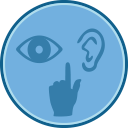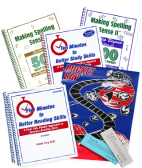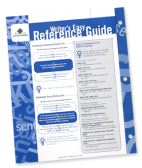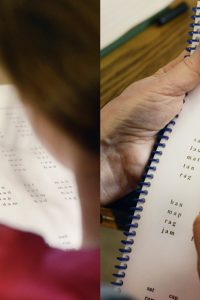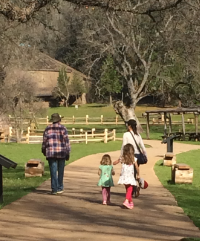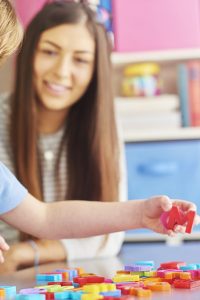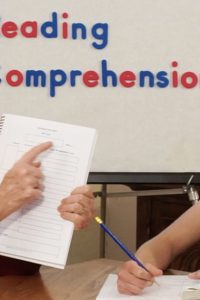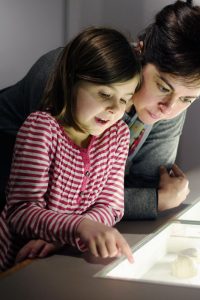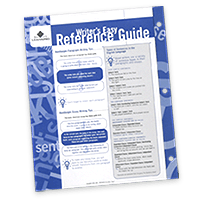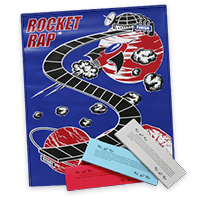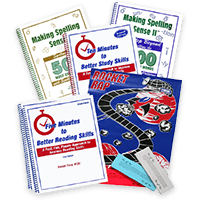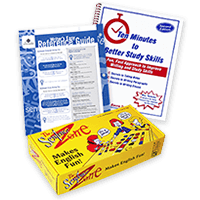Improve Memory with Associative Learning
Associative learning is one of the easiest ways to improve learning skills. Association is the basis of all learning. Association is how we learn new material. We make associations with new material to something we already know. We might attach an emotion to the new material. We decide how relevant the new material is, or we make connections with the new material.
Visual Association
One of the easiest examples of associative learning is the stop light. The green light means go, yellow means slow down or caution, red means stop.
Olfactory (Smell) Association
Another example is smelling popcorn leads you to believe that the snack that is coming is popcorn.
Auditory (Sound) Association
Hearing sirens blasting leads you to pull over when you are driving, knowing that an ambulance or emergency vehicle is on its way.
Tactile/Kinesthetic Association
Many people are irritated by the tags in their clothes, and they cut them out so they don’t feel annoyed all day long.
Association directly impacts reading, spelling, writing, and math skills as well. When we consciously make an association, we are saving knowledge so we can retrieve it and act on it at a later time. From the sound/symbol relationship to more advanced vocabulary associations, we use associative learning each and every day. Learning is a step-by-step process built upon our past experiences. Association is like that. You make an association with the new concepts you are learning with what you have learned in the past (prior or background knowledge), and learning becomes easy. Association is ‘core’ to the learning process. Association is how you connect one idea to another and remember it.
When you harness the technique of associative learning and make associations on a conscious level, learning becomes easier.
Associative Learning Improves Visual, Auditory, and Kinesthetic Areas of Learning
Check out our VAK Program which improves visual, auditory, and kinesthetic areas of learning. The program uses association to improve learning skills. Sara C from Il states, “My son couldn’t wait to do the “Bonnie activities.” The video lessons were like having Bonnie with us every week, helping us out. The best thing that happened though, was that my son’s self-esteem improved so much that he really likes reading now!”
